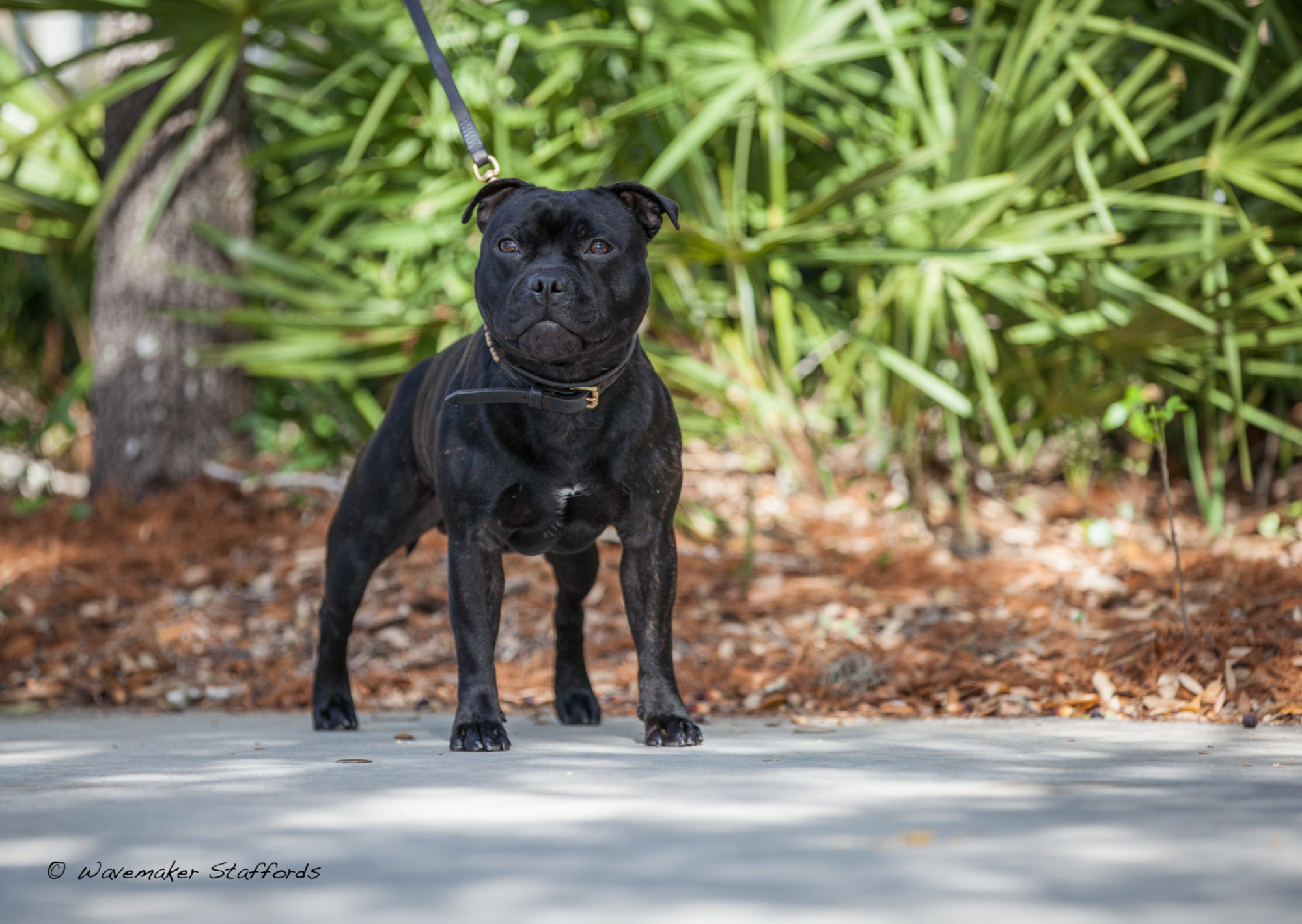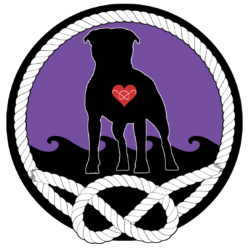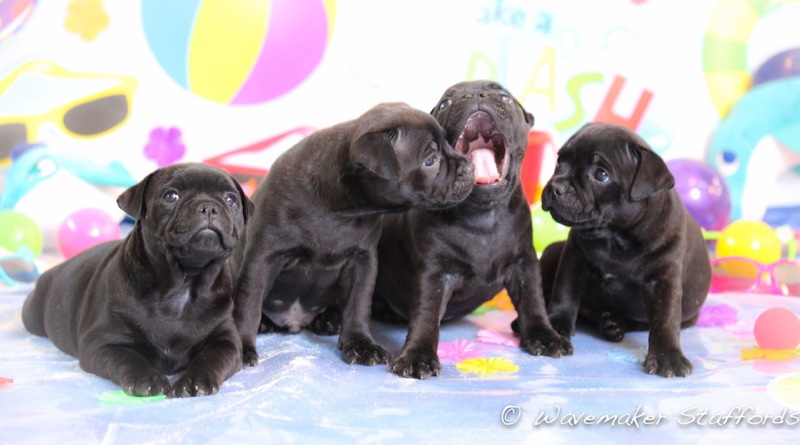I don’t have a beautiful shiny floored announcement graphic made up, although being a graphic artist I certainly could make one. I don’t feel I really need to make them and really haven’t announced upcoming matings, planned breedings, confirmed pregnancies or puppy arrivals on FB or on this page. Our approved new owner wait list is so much longer than we could ever fulfill that we really never feel the need to advertise. The few times we posted an advert on the AKC Marketplace we ended up getting dozens of requests from tire kickers, brokers and other unsuitable people for our puppies.
We prefer to get to know people over a long period of time. We become friends, almost like family, with our buyers. We remain in regular touch – probably more than most actual family members do. We support one another, cheer each other on, cry on each others shoulders and vent to one another when needed. We share photos and videos almost daily with some of our puppy owners.
People come to us for a puppy for very specific reasons. Most of those people have been following our blog, have read our website in full multiple times, naturally rear already or plan to, and are seeking an honest breeder who can prove all health testing is done. They also appreciate our dedication to preserving the breed, appreciation for sharing the history of the breed (not sugar coating it) and our work with rescue. They are already involved with doing things with dogs or are prepared to with a new one. They already know about and follow The Stafford Knot, they chuckle and appreciate the #staffordnotstaffy movement and are excellent pet owners on top of all that. They know we do Puppy Culture because not only do they follow along themselves but also they have known us long enough that they have seen the results from past litters. You cant make this up. You cant really fake PC, although so many other breeders do.
We do not sell to ‘collectors’, title chasers, breeders or people who consider themselves to be ‘in the industry’. Our buyers are special people whom we respect and would enjoy spending time with. They visit when they can and we visit with them. I would have to say the same goes for stud dog owners we work with. This small Wavemaker family has grown slowly over the last 15 years and today is exactly the family we want to be a part of.
Our family will be growing shortly. Shea and Bay are expecting puppies around 2 July, 2018 and Smithy (Shea x Marina) leaves us soon for his new home. We could sell a dozen puppies easily to pre-approved homes so that always means heart break for some folks who have been waiting a long time. Mother Nature always has the last word on these matters. We do all we can to support our choices, but in the end it is out of our control. In some ways this is a comfort. Dogs are not puppy vending machines. We do not get to select how many puppies will be born, what sexes they will be or any issues with pregnancy, whelp, raising of healthy babies. We do all we can and accept the rest.
If you are one of the lucky ones waiting for a puppy – we are excited for you and with you. If you insist, I can make you a shiny floored advert…..



